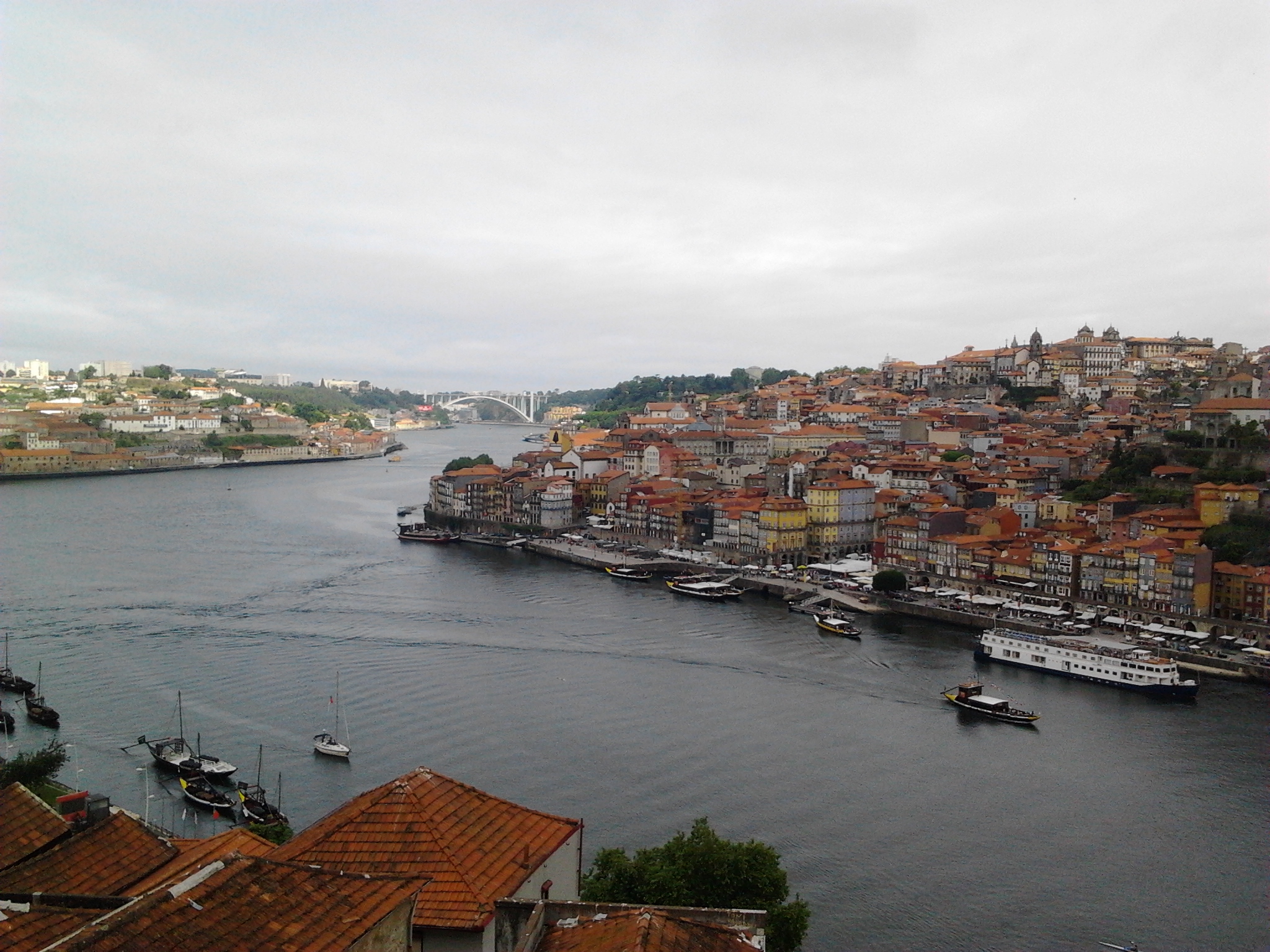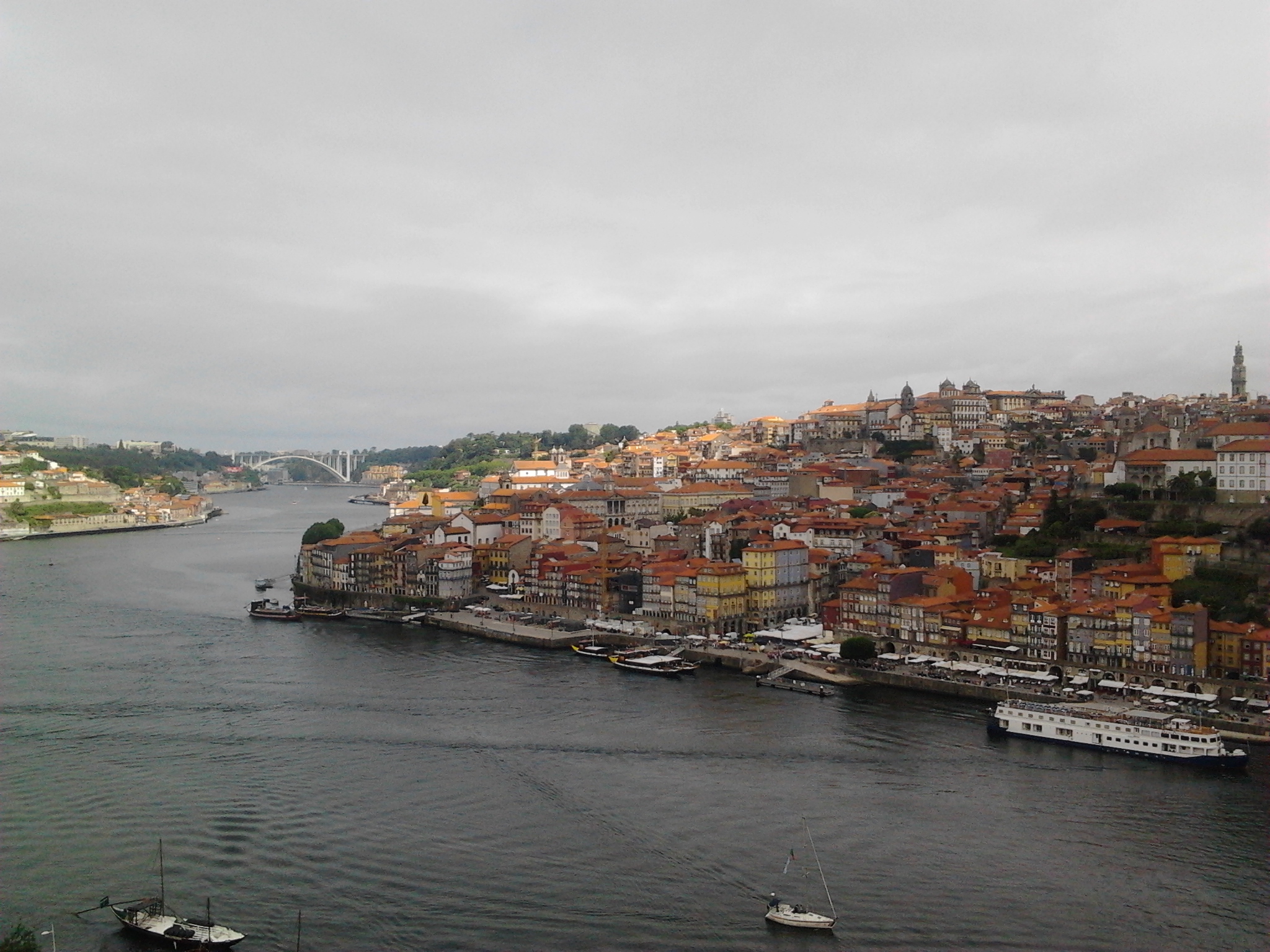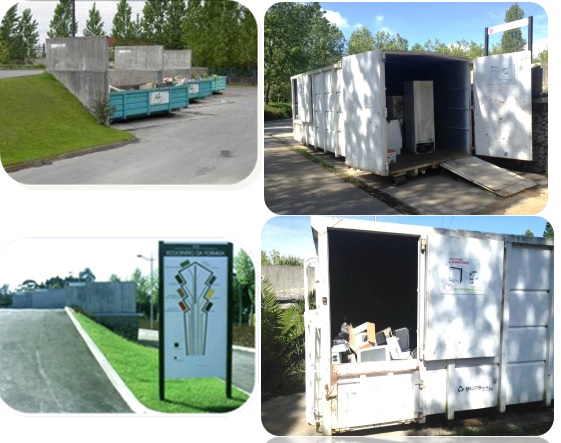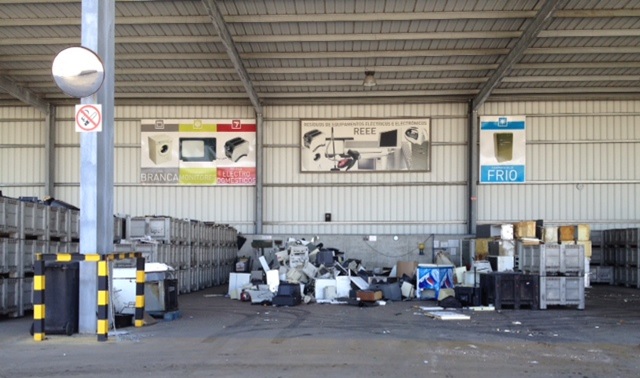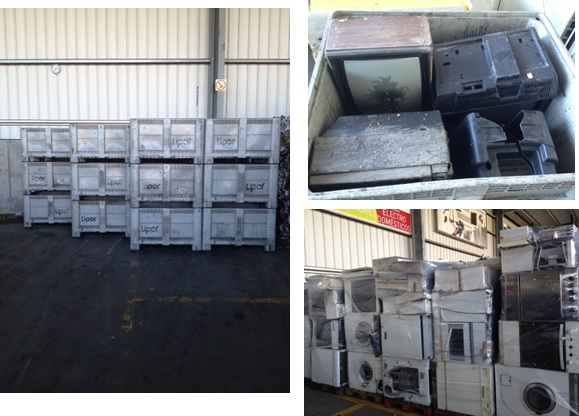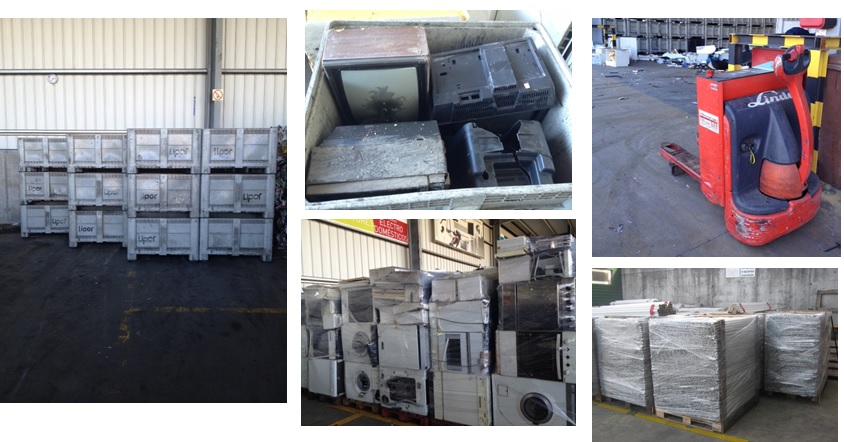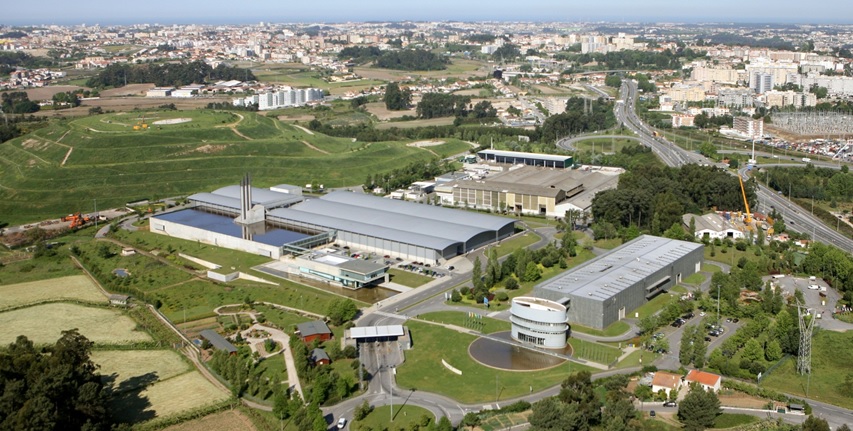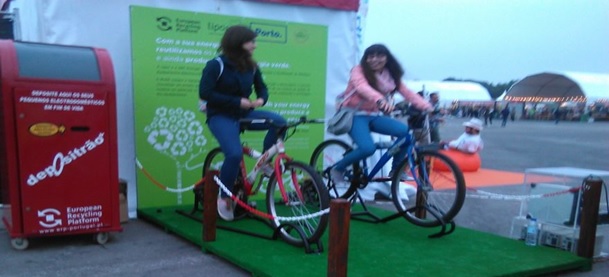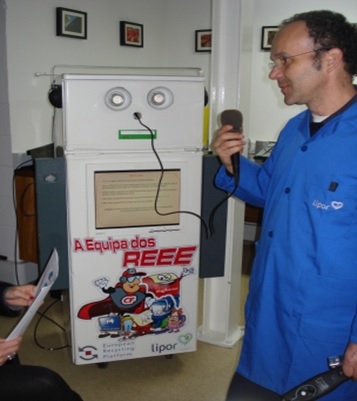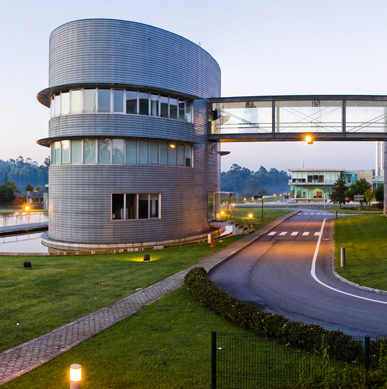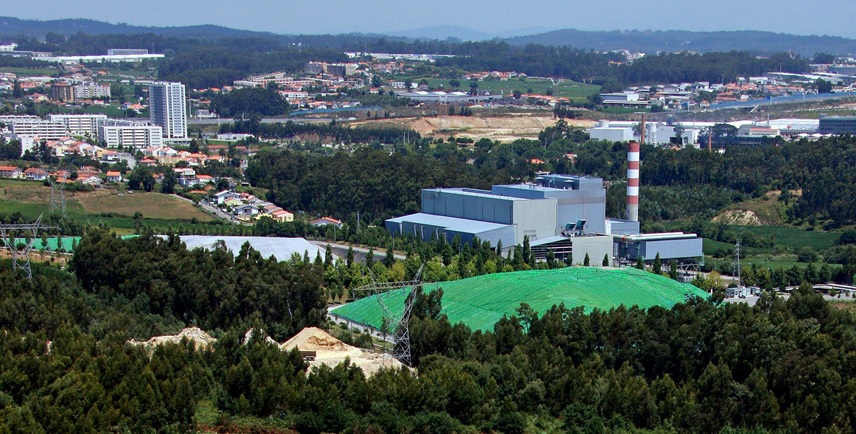Key Facts
Porto is the second largest city in Portugal. It is twinned under the EWIT project with the Kisii County in Kenya.
Porto will be hosting key stakeholders from Kisii in the the second round of the Twin City Workshops in summer 2016. The objective of this workshop will be to contribute towards the development of a Master Plan for E-waste management in Kisii County.
The EWIT project's representative for Porto is "Inter-municipal Waste Management of Porto" (LIPOR). LIPOR is responsible for the management, recovery and treatment of municipal waste, including E-waste, produced by eight associated municipalities in the region.
Located along the Douro river estuary in Northern Portugal, Porto is one of the oldest European centers, and its historical core was proclaimed a World Heritage Site by UNESCO in 1996.
With a very rich culture and emblematic historical monuments and buildings, in 2001, Porto, as Rotterdam, was the Culture European Capital.
In 2014, Porto was elected The Best European Destination by the Best European Destinations Agency.
LIPOR – Inter-municipal Waste Management of Greater Porto is a Municipalities Association, specialized in Integrated Solutions for Waste Management since 1982. LIPOR is responsible for the management, recovery and treatment of the Municipal Waste produced in the eight associated municipalities: Espinho, Gondomar, Maia, Matosinhos, Porto, Póvoa de Varzim, Valongo and Vila do Conde.
At national level, the LIPOR area represents 10% of the national population, 1% of national the geographical area and is responsible for the management of 12% of the Municipal Solid Waste produced in Portugal.
The most important figures of LIPOR’s intervention area are:
- * 8 Municipalities
- * Covered Area: 648 km2
- * Population: 1 Million inhabitants (approximately)
- * Urban Population: 77%
- * Production of Municipal Waste (MW): 500,000 tons/year
- * Production of MW per capita: 1.3 Kg/inhab/day
- * 135,000 inhabitants with door-to-door selective waste collection (14% of total population)
LIPOR’s system of infrastructure for waste management includes:
- * 21 Drop-off sites (equipped with specific boxes for E-Waste disposal)
- * 1 Sorting Plant
- * 1 Composting Plant
- * 1 Waste to Energy Plant
- * 1 Landfill
- * 1 Adventure Park (old landfill)
- * 1 Home Composting Centre
- * 1 Repair & Refurbish Centre: R-Lab
- * Operational Support Platforms: Green Waste Platform; Multi-material Platform; WEEE Platform.
In LIPOR, the E-Waste is pre-sorted in 5 different flows (monitors (TV and computers), lighting equipment, refrigeration equipment, large household appliance, small household appliance and IT telecommunications equipment). The pre-sorted material is subsequently sent to the recycling industry for further processing and treatment.
LIPOR has an E-Waste Repair & Refurbish designated space “RLAB – Reuse Laboratory”. Since 2010 RLAB recovered and delivered to NGOs more than 350 items of equipment recovered from waste.
The concept of a Reuse Laboratory promotes the waste management hierarchy by recovering and reusing electrical and electronic devices on their original form/use. The Reuse Laboratory is a renewed space where it is possible to experiment and learn skills to recovery equipment’s, learn about maintenance (in order to prolong the lifetime), understand major malfunctions and create new Electrical and Electronic devices. This is a project designed for communities by promoting an informal education and learning. All project are supervised by RLAB technicians assuring a “Learn by Doing” process. More than 20 students learned skills on RLAB.”
The following data regarding E-waste management were identified as part of the EWIT project. The data are derived from a range of sources. Due to the difficulty in obtaining quantified data, much of the tonnage data are based on imprecise estimates.
To compare the data for different cities against each other you can use the ‘compare’ function on the main Cities page.
| Country | Portugal |
| City | Region of Great Porto (Portugal) |
| Current Population of the city | 1,000,000 |
| In which year was the population data collected? | 2014 |
| Quantity of municipal solid waste generated annually? (t/yr) | 486,333 |
| Quantity of E-Waste generated from households annually? (t/yr) | 712 (note: this is the quantity received at LIPOR facilities. Much of the E-Waste is delivered to retailers via 'take back' schemes so the total tonnage generated will be greater) |
| Quantity of E-Waste collected from households annually? (t/yr) | 712 |
| Year of the above data | 2014 |
| Collection Stations | 21 |
| Active landfills | 1 |
| Active Dumps | 0 |
| Closed landfills and closed dumps | 3 |
| Dismantling Facilities | 0 |
| Repair & Refurbish Facilities | 1 |
| Material Recovery Facilities (MRF) | 0 |
| Other facilities | |
| Does the national government have an agency mandated to enforce solid waste including E-Waste laws and regulations? | Yes |
| Does the city have a department dedicated to solid waste including E-Waste management? | Yes |
| Does the city have a unit enforcing solid waste including E-Waste issues in the city? | Yes |
| Does the city have its own solid waste management including E-Waste rules? | Yes |
| List of international partners and NGOs currently working with the city and briefly describe each project | |
| Is there a national law governing solid waste including E-Waste management in the country? | Yes |
| Who is mandated to collect, transfer and dispose of E-Waste | "The collection is responsibility of Municipalities. The sorting is responsibility of LIPOR. The treatment is responsibility of specific recycling industry. |
| Does the city have solid waste including E-Waste management rules and regulations? | Yes |
| Does the city have a solid waste including E-Waste master plan? | Yes |
| Provide a list of channels through which the city communicates with its residents on solid waste management issues (eg. website, newsletter, radio, social media, etc …). Also indicate how often each channel is used | Website, Thank You Campaign (we thank's all citizens for their participation on waste separation and waste recycling), newsletter, newspapers,. |
| What are the key messages or information provided to the public ? (eg. education on littering, source separation or waste reduction etc.) | Education, Awareness, Selective Collection/ Separation, Recycling, Prevention/ Waste reduction, Resources savings, Environmental Protection. |
| Provide a list of channels through which the city collects feedback from it residents on issues related to solid waste services. (eg. Annual surveys, dedicated telephone line, Mobile phone Applications, social media, etc …) | Surveys, Central Complaints, Special phone lines to call and make questions. |
| Provide a summary of key solid waste information made periodically available to the public (eg. Annual budget, waste collection coverage rates, recycling rate, etc..) | Thank You Campaign (we thank's all citizens for their participation on waste separation and waste recycling and we inform the citizens about the recycling rates for each material). We have an waste observatory where, every month, we put the data about the waste collection and treatment, per flow (in the case of e-waste the information is available as well). We also publish, annually, our sustainable report with specific information about the recycling and recovery rates. |
| Does the city have a contract with one or more private firms for waste management? | Lipor is the entity responsible for the Waste management produced by 1 million inhabitants (8 Municipalities). We don't have contracts with others entities for Waste management. We have contracts with other external entities for the management of some our facilities (composting plant and WtE Plant). |
| Does the contract cover waste collection? | The collection is not Lipor's responsibility, but of the Municipalities. We know that some of our associated Municipalities has contracts for waste collection. |
| Does the contract cover waste transport | In the case of the Municipalities that have contracts for the collection, the transport is included. |
| Does the contract cover waste disposal | No |
The Key Priorities for waste management in Porto are as follows:
- * Increase the selective collection of the Municipal Solid Waste, where E-Waste is included, thereby increasing the recycling rates;
- * Stimulate the participation of the citizens in selective collection schemes and ensure knowledge transfer about the problems associated with waste production;
- * Invest in waste prevention projects; and
- * Partnership with the entities responsible for E-Waste management.
No Files Available

